A Clarecastle Gandalow built by Johnny Scanlan and photographed by Eric Shaw in April and May 2014

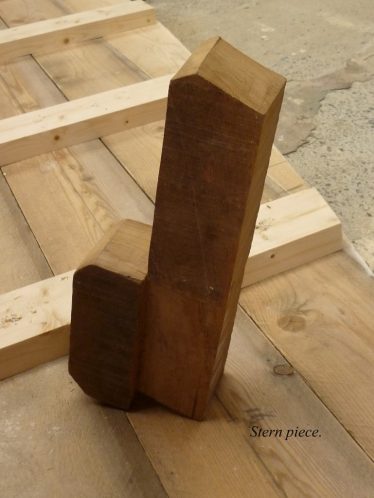
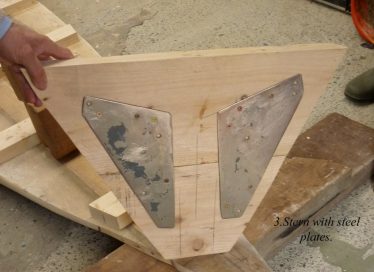

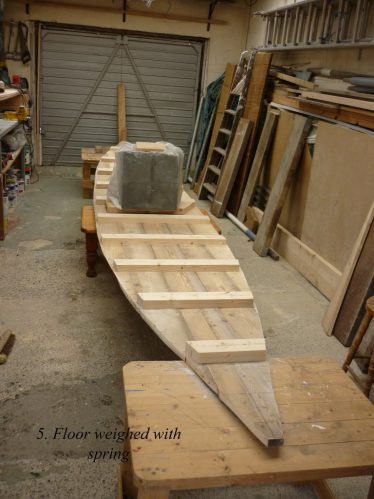
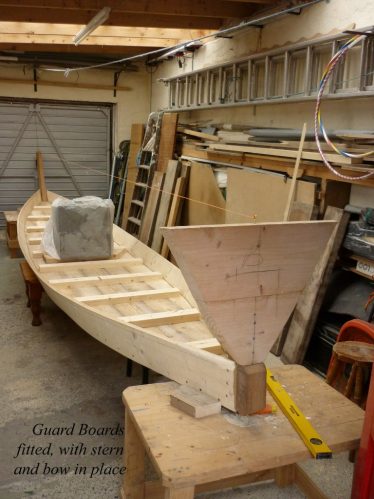


















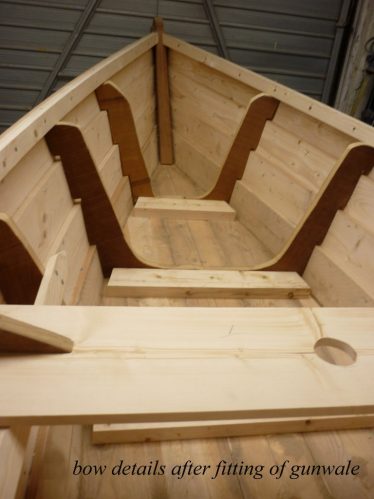


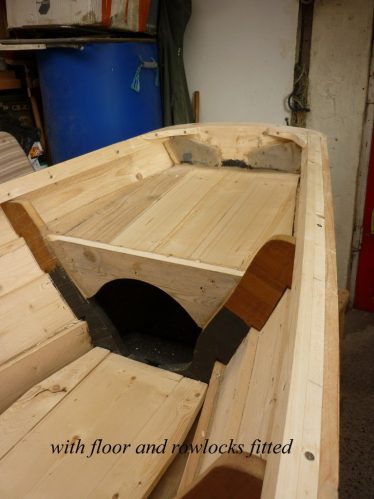



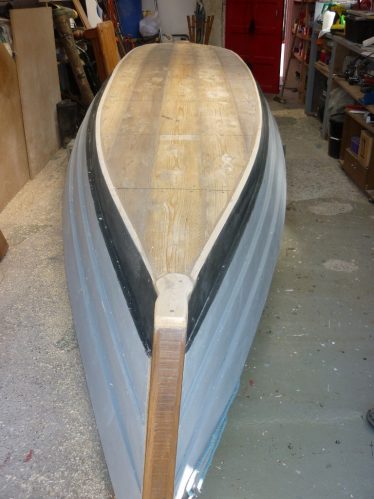



Net-fishing on the River Fergus
The boat used by the Clarecastle net-fishermen for many years was known as a gandalow, a design of boat used in the Fergus and Shannon Estuaries. An 1840 drawing of the Quay shows a gandalow on the river. The boat is keel-less and with the spring in the floor, it is ideal to manoeuvre in shallow water or over the mud flats. It was about 21 feet in length and about five feet across, mainly made of white deal, with teak used for the bow, stem and knees. Up to recent times, there were 14 drift-net licences and about five draught-net licences held by families in the village. The drift-net went with the tide. The draught-net was paid out in a circle and it took two men to operate that system. The drift meant the distance between one fishing boat and the next and is reflected in many of the names used to identify points in the river.
The salmon-fishing season usually began in February and ran through until May for what was known as spring salmon. Alter that, salmon weighing less than 8lbs, known as peal, were fished. Then there was coarse fishing for fluke, bass and mullet. During slack times in the summer, the boats were lifted from the water, sealed with caulker and repainted. After that, towards the winter months, duck and geese-shooting took over so that the gandalows were in use for almost the entire year. There were two large 150-year old punt-guns used in duck and geese-shooting from a punt boat. These could bring down a large flock of duck or geese and are now on display in Clarecastle, together with a 1960s punt boat that was built by Tommy Considine.
Gandalows are still made by the Scanlan and Considine families




Comments about this page
It’s great to see gandelows are still being built in Clarecastle. Well done Mr Scanlon.
Add a comment about this page